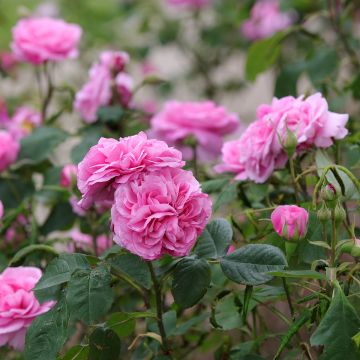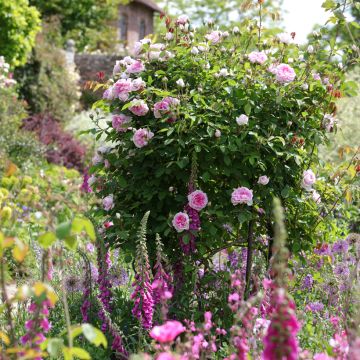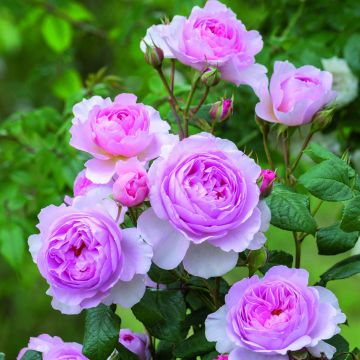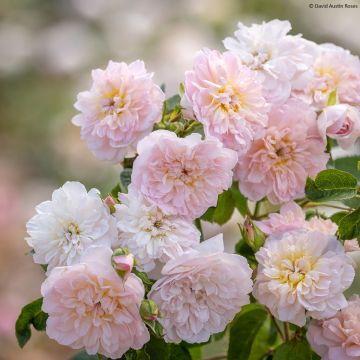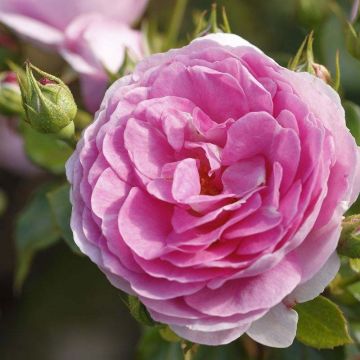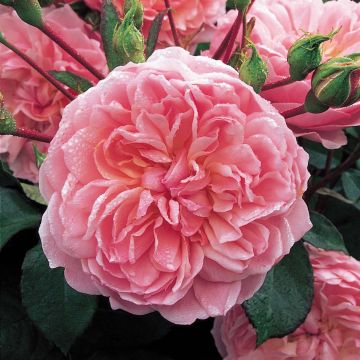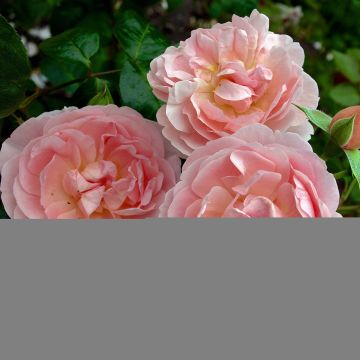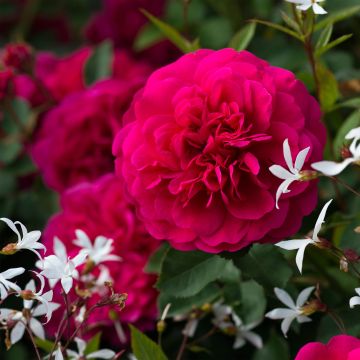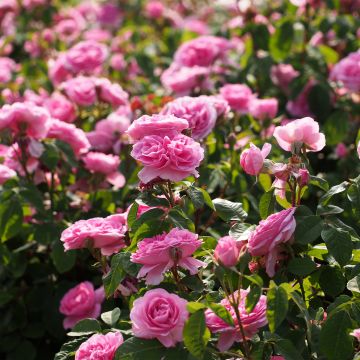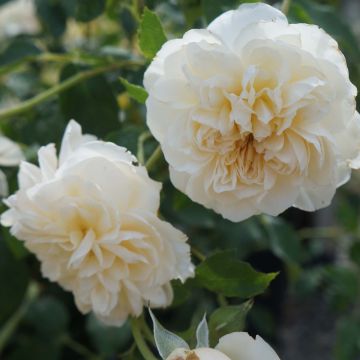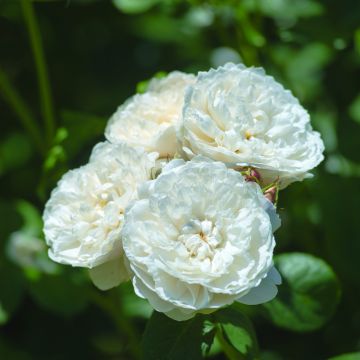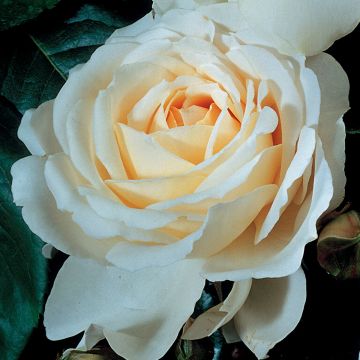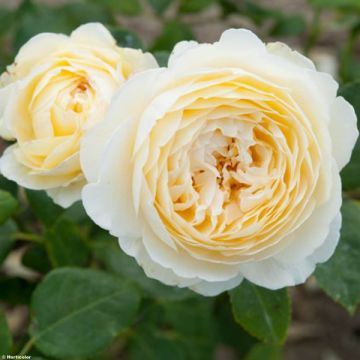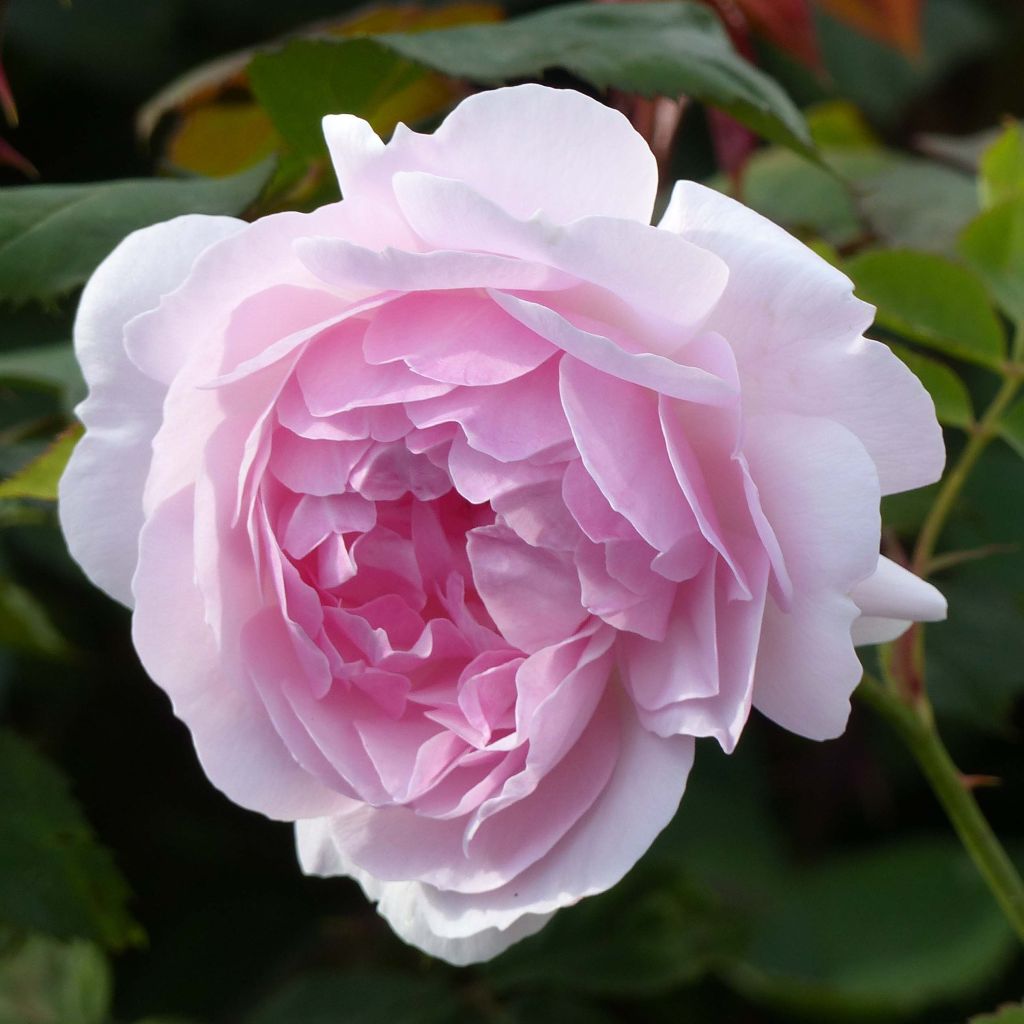

Rosa Lady Salisbury - English Shrub Rose
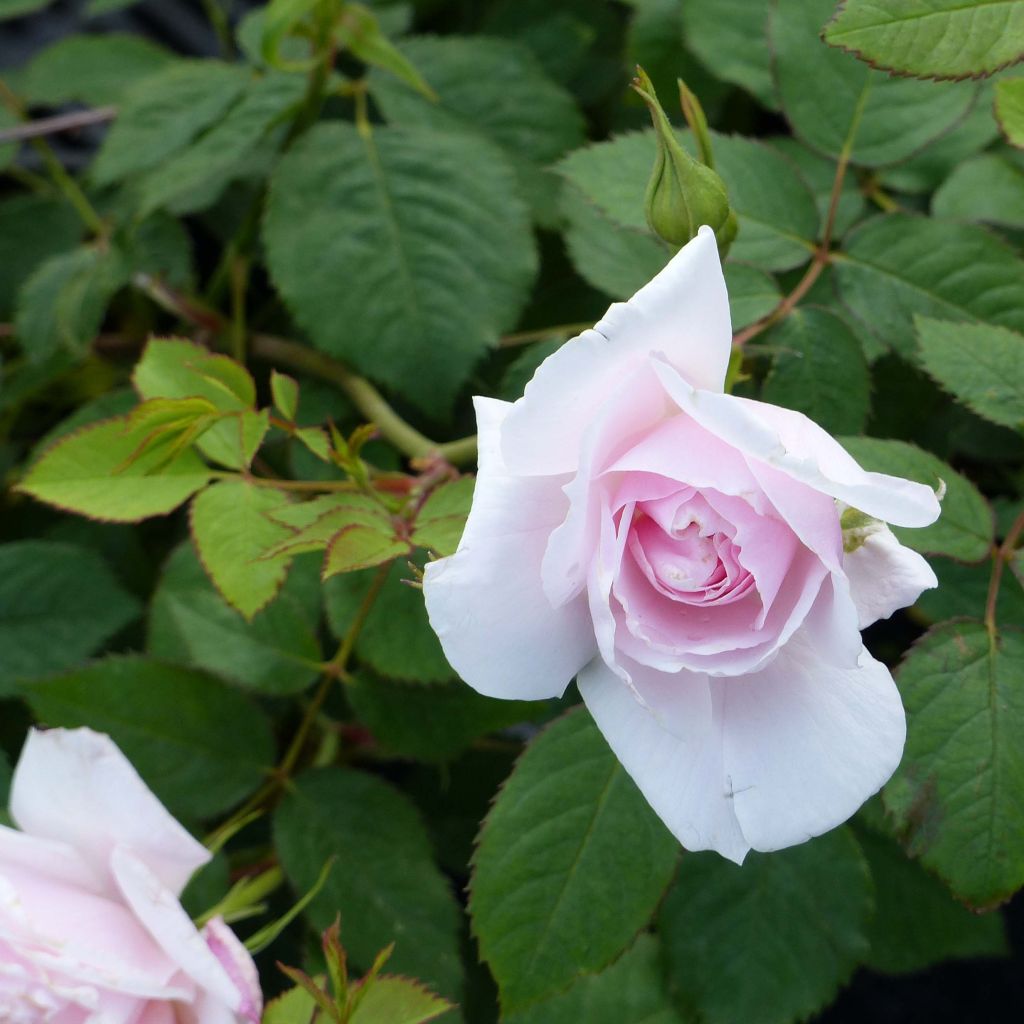

Rosa Lady Salisbury - English Shrub Rose
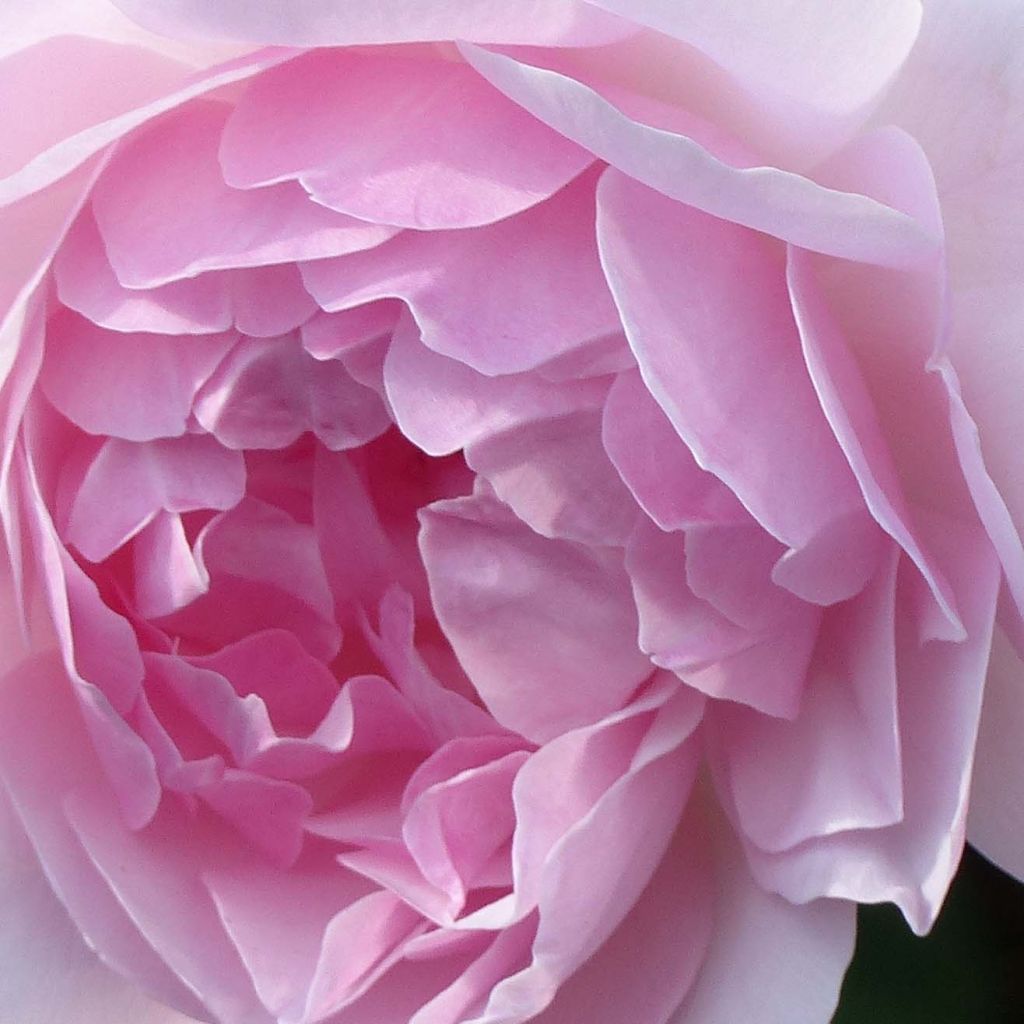

Rosa Lady Salisbury - English Shrub Rose
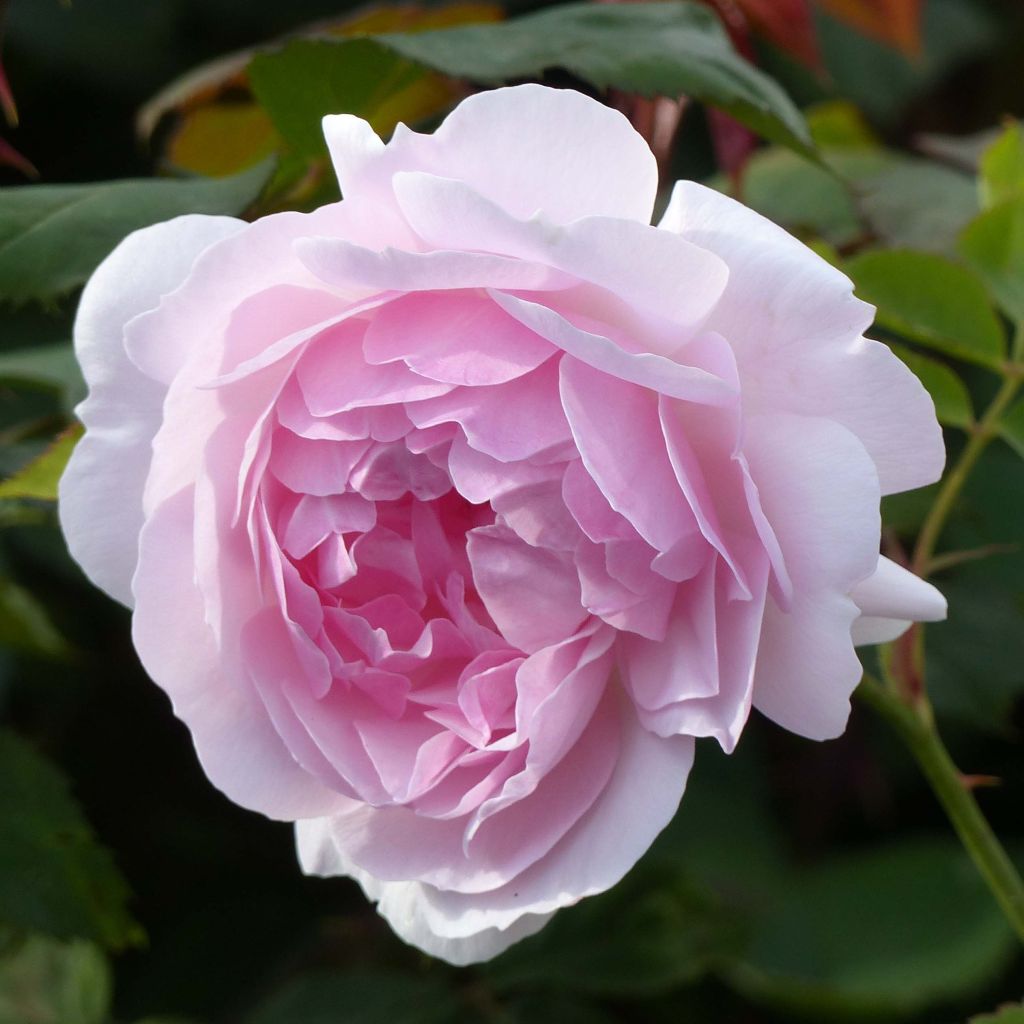

Rosa Lady Salisbury - English Shrub Rose
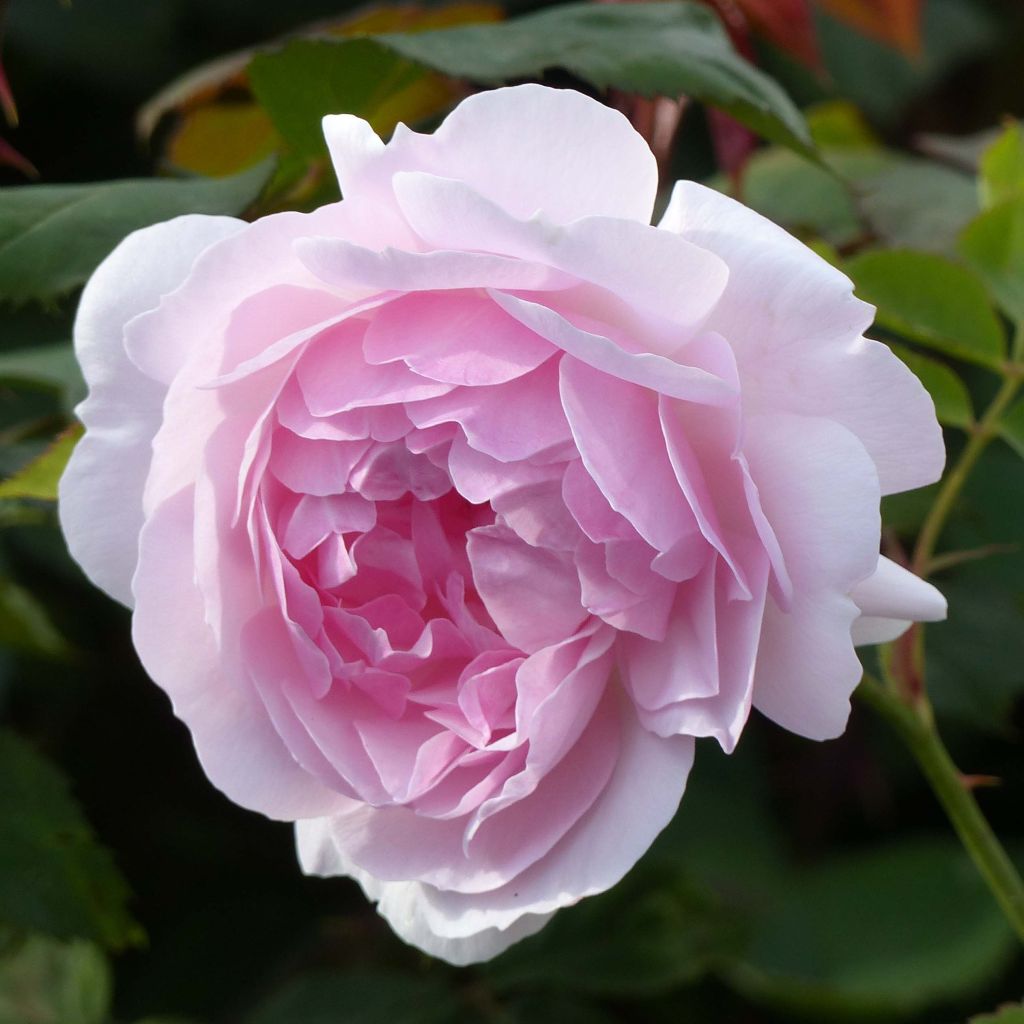

Rosa Lady Salisbury - English Shrub Rose
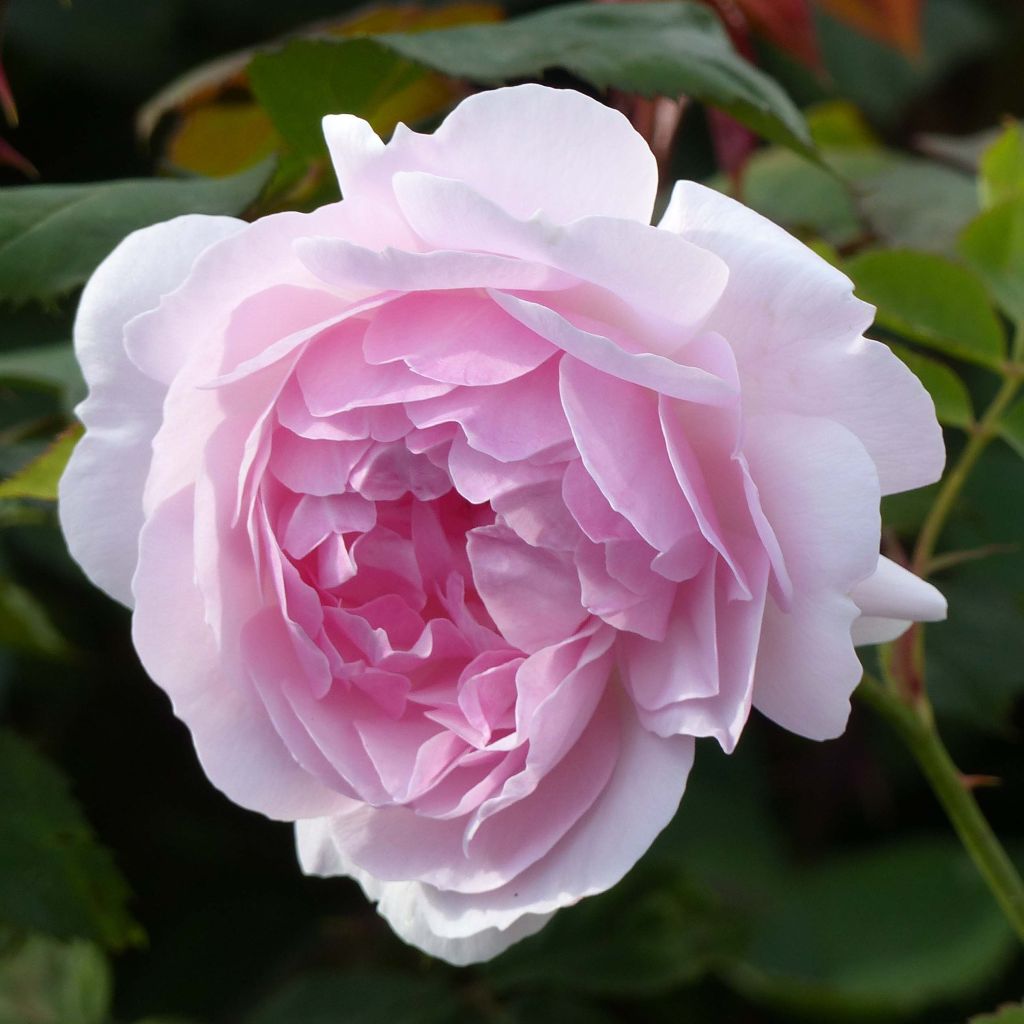

Rosa Lady Salisbury - English Shrub Rose
Rosa Lady Salisbury - English Shrub Rose
Rosa Salisbury® 'Auscezed'
Thanks to the individuals (order preparation & quality control and shipping service), the bare root rose received appears healthy, and moreover, the white & green variety label from AUSTIN is present on one of the branches (important !!!). Planted close to many rose companions (The Mill On The Floss, Queen Of Sweden, Eglantyne Jebb, Princess Alexandra Of Kent, Wisley 2008, Eustacia Vye, Royal Jubilee, Colette, Sylvie Vartan, Carole Bouquet, Laurent Cabrol, Rose de Rescht (*8), etc...), I am now waiting for spring growth... The opinion of an amateur, who has successfully planted over 610 different varieties of roses in his garden (including over 100 old ones and over 100 AUSTIN and the like). Revision: Thanks to the individuals (order preparation & quality control and shipping service), the bare root rose received appears healthy, and moreover, the white & green variety label from AUSTIN is present on one of the branches (important!). Planted near many rose companions (The Mill On The Floss, Queen Of Sweden, Eglantyne Jebb, Princess Alexandra Of Kent, Wisley 2008, Eustacia Vye, Royal Jubilee, Colette, Sylvie Vartan, Carole Bouquet, Laurent Cabrol, Rose de Rescht (*8), etc...), I am now waiting for spring growth... The opinion of an enthusiast, who has successfully planted over 610 different varieties of roses in his garden (including over 100 old ones and over 100 AUSTIN and similar ones).
Thierry, 15/11/2019
Why not try an alternative variety in stock?
View all →This plant carries a 24 months recovery warranty
More information
We guarantee the quality of our plants for a full growing cycle, and will replace at our expense any plant that fails to recover under normal climatic and planting conditions.
From €5.90 for pickup delivery and €6.90 for home delivery
Express home delivery from €8.90.
From €5.90 for pickup delivery and €6.90 for home delivery
Express home delivery from €8.90.
Delivery to Corse prohibited: UE law prohibits the import of this plant from mainland France to Corse as part of the fight against Xylella fastidiosa. Please accept our sincere apologies.
More information
Does this plant fit my garden?
Set up your Plantfit profile →
Description
The English rose Lady Salisbury bares some resemblance to the Rosa alba type, like the famous 'Cuisse de Nymphe Emue'. The intense pink buds unfold into double flowers, informal rosettes of pure pink, with a slight fragrance. The foliage is matte green, and it has a bushy habit characteristic of an old-fashioned rose. It will be wonderful trained on a low trellis or in perennial beds.
Remarkably repear flowering, this small bush of 1.25 m (4ft) in height by 1 m (3ft) in width forms a flowery and romantic display for a long period, from the beginning of summer to autumn. Its flowers are double, medium-sized, with the petals arranged in informal rosettes. At full bloom, they show a small eye in their centre, then display barely visible stamens. They emit a slight fragrance. Lady Salisbury 'Auscezed' has a romantic charm and great finesse that allow it to rival the roses of Redouté, which can associate well with this rose.
English roses are well known for being repeat flowering and their beautiful and highly scented flowers. They are also very versatile and adaptable plants. They are derived from cross-breeding between old roses (Damask, Gallica, and Bourbon) and modern roses (Tea and Floribunda hybrids). They resemble old roses in their natural habit and offer large, cup-shaped, romantic, and bohemian flowers. Modern roses have brought brighter shades and their repeat flowering nature. If you have enough space, English, Old, or Shrub roses are magnificent when planted in groups of three. They will grow together to form 'one' opulent bush that will flower even more generously.
This variety was named to celebrate the 400th anniversary of Hatfield House in Hertfordshire, UK, which is the residence of Lady Salisbury. The gardens of Hatfield Castle are home to many roses, which are the passion of Lady Salisbury.
Bred by David Austin, 2011.
Report an error about the product description
Rosa Lady Salisbury - English Shrub Rose in pictures


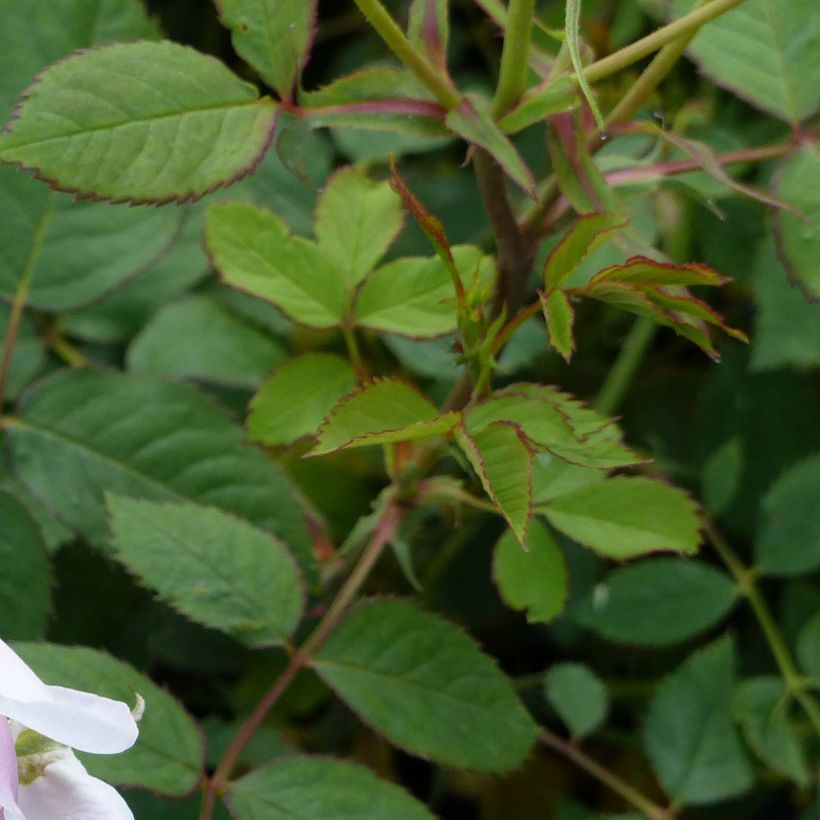

Plant habit
Flowering
Foliage
Botanical data
Rosa
Salisbury® 'Auscezed'
Rosaceae
Cultivar or hybrid
Rosa canina Laxa (Wrapped bare root, 4L/5L pot)
Other David Austin Roses
Planting and care
Plant your English Rose
in a sunny or lightly shaded location. English roses are tolerant but do not like excessive limestone. They will adapt to any garden as long as the soil is well-worked and sufficiently rich. To plant your rose, prepare the soil by crumbling it and adding an amendment, such as bonemeal, at the bottom of the planting hole. Water abundantly after planting to remove air pockets. Water regularly for a few weeks to encourage root growth. Pruning English roses is essential for flowering. At the end of winter, shorten the branches to 3-5 buds above the ground (at the lowest level), choosing an outward-facing bud for a more elegant habit. Take advantage of this pruning to remove dead wood and unsightly branches. Pruning is done at an angle above a bud. As the flowers bloom, remove faded flowers to stimulate the development of other buds.
Roses are often spotted or unsightly in late summer, but it is not a problem for their development. These spots are not harmful to the rose; it is a natural phenomenon.
Planting period
Intended location
Care
-
, onOrder confirmed
Reply from on Promesse de fleurs
Haven't found what you were looking for?
Hardiness is the lowest winter temperature a plant can endure without suffering serious damage or even dying. However, hardiness is affected by location (a sheltered area, such as a patio), protection (winter cover) and soil type (hardiness is improved by well-drained soil).

Photo Sharing Terms & Conditions
In order to encourage gardeners to interact and share their experiences, Promesse de fleurs offers various media enabling content to be uploaded onto its Site - in particular via the ‘Photo sharing’ module.
The User agrees to refrain from:
- Posting any content that is illegal, prejudicial, insulting, racist, inciteful to hatred, revisionist, contrary to public decency, that infringes on privacy or on the privacy rights of third parties, in particular the publicity rights of persons and goods, intellectual property rights, or the right to privacy.
- Submitting content on behalf of a third party;
- Impersonate the identity of a third party and/or publish any personal information about a third party;
In general, the User undertakes to refrain from any unethical behaviour.
All Content (in particular text, comments, files, images, photos, videos, creative works, etc.), which may be subject to property or intellectual property rights, image or other private rights, shall remain the property of the User, subject to the limited rights granted by the terms of the licence granted by Promesse de fleurs as stated below. Users are at liberty to publish or not to publish such Content on the Site, notably via the ‘Photo Sharing’ facility, and accept that this Content shall be made public and freely accessible, notably on the Internet.
Users further acknowledge, undertake to have ,and guarantee that they hold all necessary rights and permissions to publish such material on the Site, in particular with regard to the legislation in force pertaining to any privacy, property, intellectual property, image, or contractual rights, or rights of any other nature. By publishing such Content on the Site, Users acknowledge accepting full liability as publishers of the Content within the meaning of the law, and grant Promesse de fleurs, free of charge, an inclusive, worldwide licence for the said Content for the entire duration of its publication, including all reproduction, representation, up/downloading, displaying, performing, transmission, and storage rights.
Users also grant permission for their name to be linked to the Content and accept that this link may not always be made available.
By engaging in posting material, Users consent to their Content becoming automatically accessible on the Internet, in particular on other sites and/or blogs and/or web pages of the Promesse de fleurs site, including in particular social pages and the Promesse de fleurs catalogue.
Users may secure the removal of entrusted content free of charge by issuing a simple request via our contact form.
The flowering period indicated on our website applies to countries and regions located in USDA zone 8 (France, the United Kingdom, Ireland, the Netherlands, etc.)
It will vary according to where you live:
- In zones 9 to 10 (Italy, Spain, Greece, etc.), flowering will occur about 2 to 4 weeks earlier.
- In zones 6 to 7 (Germany, Poland, Slovenia, and lower mountainous regions), flowering will be delayed by 2 to 3 weeks.
- In zone 5 (Central Europe, Scandinavia), blooming will be delayed by 3 to 5 weeks.
In temperate climates, pruning of spring-flowering shrubs (forsythia, spireas, etc.) should be done just after flowering.
Pruning of summer-flowering shrubs (Indian Lilac, Perovskia, etc.) can be done in winter or spring.
In cold regions as well as with frost-sensitive plants, avoid pruning too early when severe frosts may still occur.
The planting period indicated on our website applies to countries and regions located in USDA zone 8 (France, United Kingdom, Ireland, Netherlands).
It will vary according to where you live:
- In Mediterranean zones (Marseille, Madrid, Milan, etc.), autumn and winter are the best planting periods.
- In continental zones (Strasbourg, Munich, Vienna, etc.), delay planting by 2 to 3 weeks in spring and bring it forward by 2 to 4 weeks in autumn.
- In mountainous regions (the Alps, Pyrenees, Carpathians, etc.), it is best to plant in late spring (May-June) or late summer (August-September).
The harvesting period indicated on our website applies to countries and regions in USDA zone 8 (France, England, Ireland, the Netherlands).
In colder areas (Scandinavia, Poland, Austria...) fruit and vegetable harvests are likely to be delayed by 3-4 weeks.
In warmer areas (Italy, Spain, Greece, etc.), harvesting will probably take place earlier, depending on weather conditions.
The sowing periods indicated on our website apply to countries and regions within USDA Zone 8 (France, UK, Ireland, Netherlands).
In colder areas (Scandinavia, Poland, Austria...), delay any outdoor sowing by 3-4 weeks, or sow under glass.
In warmer climes (Italy, Spain, Greece, etc.), bring outdoor sowing forward by a few weeks.

































